Alpine A110 vs Hyundai i20 – Which car suits you better?
Everyday use, family trips or long-distance drives – here’s where the differences show.
Discover whether Alpine A110 or Hyundai i20 fits your lifestyle better.
Costs and Efficiency:
Price and efficiency are key factors when choosing a car – and this is often where the real differences emerge.
Hyundai i20 has a decisively advantage in terms of price – it starts at 17400 £, while the Alpine A110 costs 55200 £. That’s a price difference of around 37842 £.
Fuel consumption also shows a difference: Hyundai i20 manages with 5.20 L and is therefore clearly perceptible more efficient than the Alpine A110 with 6.70 L. The difference is about 1.50 L per 100 km.
Engine and Performance:
Power, torque and acceleration say a lot about how a car feels on the road. This is where you see which model delivers more driving dynamics.
When it comes to engine power, the Alpine A110 has a significantly edge – offering 345 HP compared to 100 HP. That’s roughly 245 HP more horsepower.
In acceleration from 0 to 100 km/h, the Alpine A110 is convincingly quicker – completing the sprint in 3.80 s, while the Hyundai i20 takes 11.10 s. That’s about 7.30 s faster.
In terms of top speed, the Alpine A110 performs evident better – reaching 285 km/h, while the Hyundai i20 tops out at 183 km/h. The difference is around 102 km/h.
There’s also a difference in torque: Alpine A110 pulls clearly stronger with 420 Nm compared to 200 Nm. That’s about 220 Nm difference.
Space and Everyday Use:
Cabin size, boot volume and payload all play a role in everyday practicality. Here, comfort and flexibility make the difference.
Seats: Hyundai i20 offers convincingly more seating capacity – 5 vs 2.
In curb weight, Hyundai i20 is minimal lighter – 1088 kg compared to 1150 kg. The difference is around 62 kg.
In terms of boot space, the Hyundai i20 offers clearly more room – 352 L compared to 96 L. That’s a difference of about 256 L.
When it comes to payload, Hyundai i20 decisively takes the win – 472 kg compared to 210 kg. That’s a difference of about 262 kg.
Who comes out on top?
Overall, the Hyundai i20 shows itself to be edges out slightly and secures the title of DriveDuel Champion.
It convinces with the more balanced overall package and proves to be the more versatile choice for everyday use.
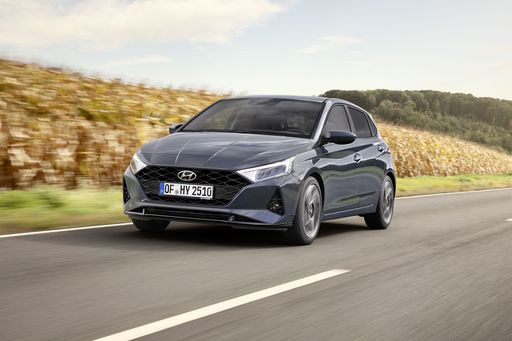 @ Hyundai Motor Company
@ Hyundai Motor Company
Hyundai i20
Alpine A110
The Alpine A110 is a stunning testament to modern automotive design, seamlessly blending performance with elegance. Its lightweight construction contributes to an exhilarating driving experience, making it a true driver's car. With its distinctive styling and agile handling, the A110 captures the spirit of classic sports cars while embracing contemporary technology.
details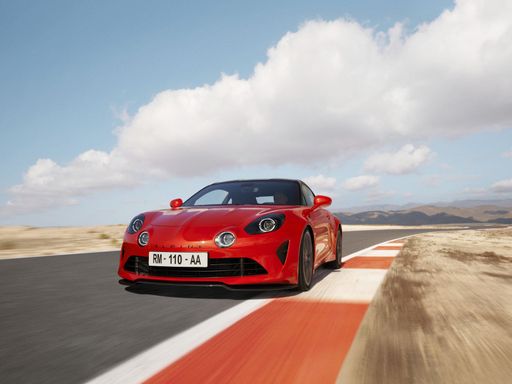 @ Alpine / Renault Group Media
@ Alpine / Renault Group Media
 @ Alpine / Renault Group Media
@ Alpine / Renault Group Media
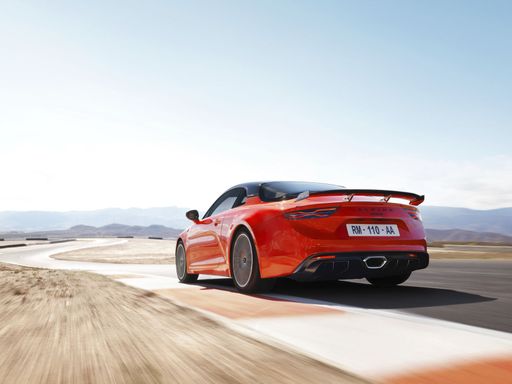 @ Alpine / Renault Group Media
@ Alpine / Renault Group Media
 @ Alpine / Renault Group Media
@ Alpine / Renault Group Media
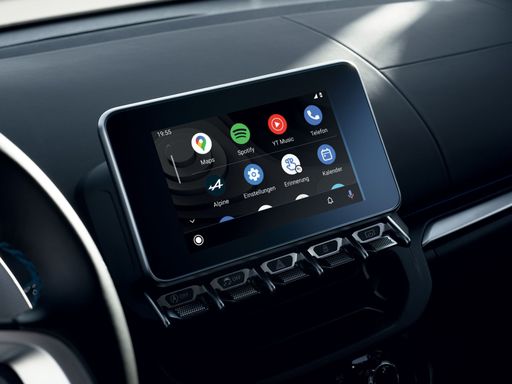 @ Alpine / Renault Group Media
@ Alpine / Renault Group Media
Hyundai i20
The Hyundai i20 impresses with its sleek design and modern aesthetics, making it a stylish choice in the compact car segment. Its interior is thoughtfully designed, offering comfort and advanced technology for a pleasurable driving experience. The vehicle also stands out with its efficient performance and agile handling, making city driving a breeze.
details @ Hyundai Motor Company
@ Hyundai Motor Company
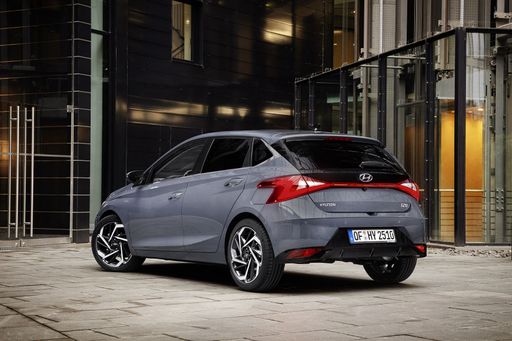 @ Hyundai Motor Company
@ Hyundai Motor Company
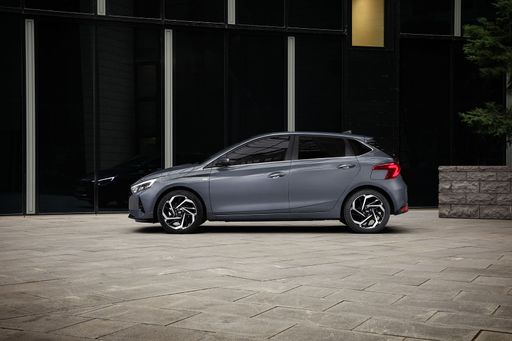 @ Hyundai Motor Company
@ Hyundai Motor Company
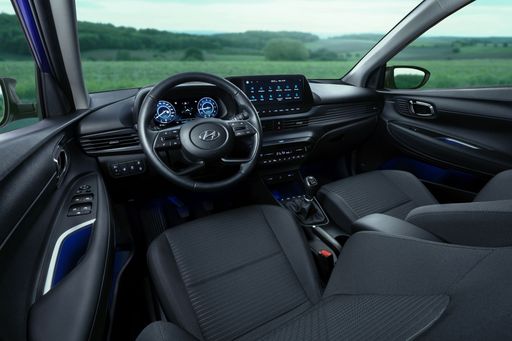 @ Hyundai Motor Company
@ Hyundai Motor Company
 @ Hyundai Motor Company
@ Hyundai Motor Company
 @ Alpine / Renault Group Media
@ Alpine / Renault Group Media
|
 @ Hyundai Motor Company
@ Hyundai Motor Company
|
|
|
|
Costs and Consumption |
|
|---|---|
|
Price
55200 - 282900 £
|
Price
17400 - 24000 £
|
|
Consumption L/100km
6.7 - 6.9 L
|
Consumption L/100km
5.2 - 5.3 L
|
|
Consumption kWh/100km
-
|
Consumption kWh/100km
-
|
|
Electric Range
-
|
Electric Range
-
|
|
Battery Capacity
-
|
Battery Capacity
-
|
|
co2
152 - 157 g/km
|
co2
119 - 121 g/km
|
|
Fuel tank capacity
45 L
|
Fuel tank capacity
40 L
|
Dimensions and Body |
|
|---|---|
|
Body Type
Coupe
|
Body Type
Hatchback
|
|
Seats
2
|
Seats
5
|
|
Doors
2
|
Doors
5
|
|
Curb weight
1150 - 1194 kg
|
Curb weight
1088 - 1190 kg
|
|
Trunk capacity
96 L
|
Trunk capacity
352 L
|
|
Length
4181 mm
|
Length
4065 - 4075 mm
|
|
Width
1798 mm
|
Width
1775 mm
|
|
Height
1252 mm
|
Height
1450 - 1455 mm
|
|
Max trunk capacity
-
|
Max trunk capacity
1165 L
|
|
Payload
166 - 210 kg
|
Payload
450 - 472 kg
|
Engine and Performance |
|
|---|---|
|
Engine Type
Petrol
|
Engine Type
Petrol
|
|
Transmission
Automatic
|
Transmission
Automatic, Manuel
|
|
Transmission Detail
Dual-Clutch Automatic
|
Transmission Detail
Dual-Clutch Automatic, Manual Gearbox
|
|
Drive Type
Rear-Wheel Drive
|
Drive Type
Front-Wheel Drive
|
|
Power HP
252 - 345 HP
|
Power HP
79 - 100 HP
|
|
Acceleration 0-100km/h
3.8 - 4.5 s
|
Acceleration 0-100km/h
11.1 - 13.7 s
|
|
Max Speed
250 - 285 km/h
|
Max Speed
166 - 183 km/h
|
|
Torque
320 - 420 Nm
|
Torque
113 - 200 Nm
|
|
Number of Cylinders
4
|
Number of Cylinders
3 - 4
|
|
Power kW
185 - 254 kW
|
Power kW
58 - 74 kW
|
|
Engine capacity
1798 cm3
|
Engine capacity
998 - 1197 cm3
|
General |
|
|---|---|
|
Model Year
2024
|
Model Year
2024
|
|
CO2 Efficiency Class
F, E
|
CO2 Efficiency Class
D
|
|
Brand
Alpine
|
Brand
Hyundai
|
What drive types are available for the Alpine A110?
The Alpine A110 is available as Rear-Wheel Drive.
The prices and data displayed are estimates based on German list prices and may vary by country. This information is not legally binding.
